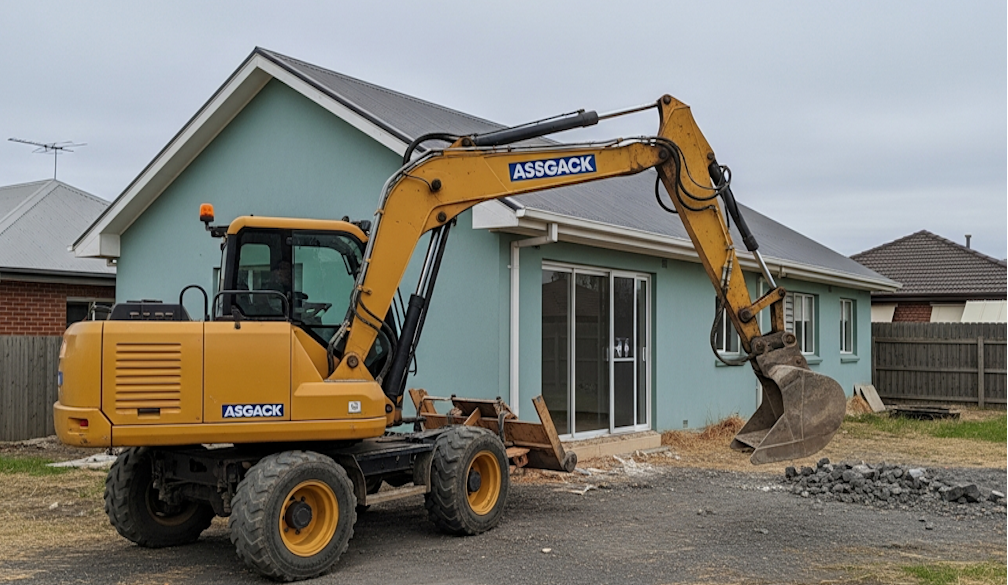Fitzroy Psychology Clinic Reports Increased Anxiety in Young Adults
- Written by Saville

An uptick in anxiety and depression is making an already intense life stage that much tougher for Melbourne’s young adults.
Clarity Health Care, a psychology clinic in the heart of buzzing, youthful Fitzroy, has sounded the alarm after helping an increasing number of young adult patients with mental health challenges.
Not only are young patients presenting in greater numbers, but they are also displaying more intense symptoms in recent years.
Melbourne psychologists treating anxiety are concerned that a perfect storm of stressors has come together to overwhelm young people in the state.
Why the Increase in Anxiety and Depression in Young Adults?
Young adulthood is a time of momentous changes and high stakes decisions. Moving away from home, romantic relationships, life choices, career options, developmental and hormonal changes, and financial stresses are just some of the challenges young adults have faced for generations.
What we have now, however, is something else. The COVID-19 pandemic hit us all hard. For young people, however, research is now showing that the experience could leave long-term effects on wellbeing, feelings of social connectedness and development. In addition to the above, young adults today are facing an increasingly uncertain future.
Today’s young people are the first generation to grow up in a world where climate change is an accepted and openly acknowledged fact. Couple this with terrorism, global instability, and social media chatter about World War III and you have a recipe for anxiety and depression.
While there are clear reasons for the increase in depression and anxiety in young people, psychologists in Fitzroy worry that some young people are falling through the cracks.
If you’re feeling a bit off or are worried about someone you love, look out for the following signs that professional support could help.
Anxiety in Young Adults
Anxiety is a normal response to a stressful situation. It can cause you to feel tense, restless, fearful, or panicky. When these feelings don’t go away, they might indicate an anxiety disorder. Headaches, chest tightness, stomach upsets, a racing heart, and other physical symptoms can also stem from anxiety.
Depression in Young Adults
Depression is a persistent feeling of low mood. You might find it hard to motivate yourself or lose interest in things you once loved. It might also impact how you see yourself and your future.
While both depression and anxiety make it tough to live life to the fullest, the good news is that with professional support from local GPs and psychologists Fitzroy individuals can get help to manage symptoms and improve their quality of life.





